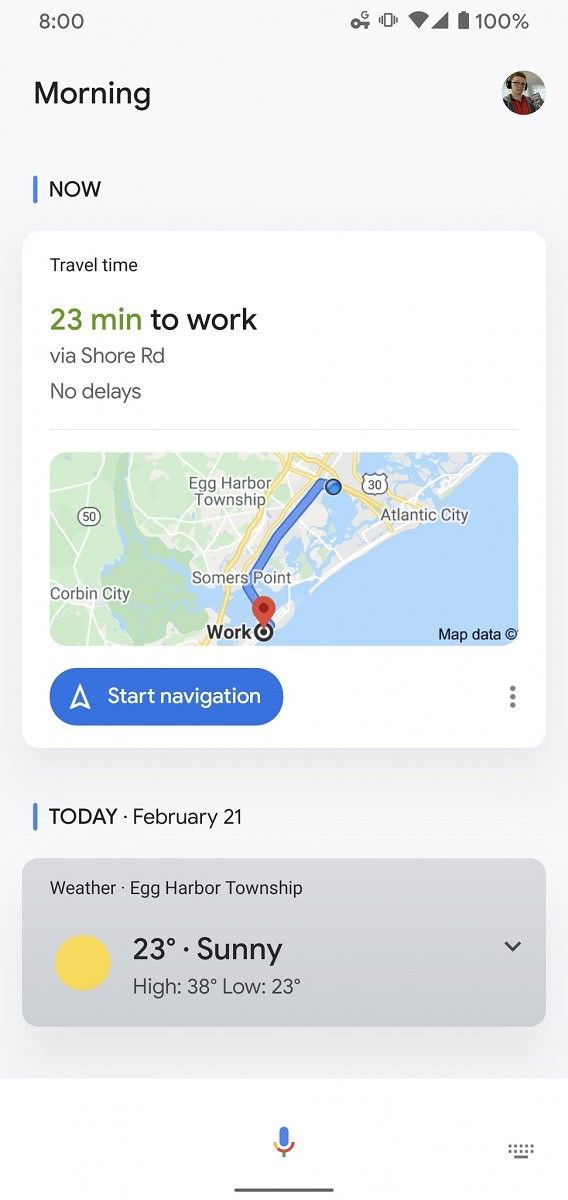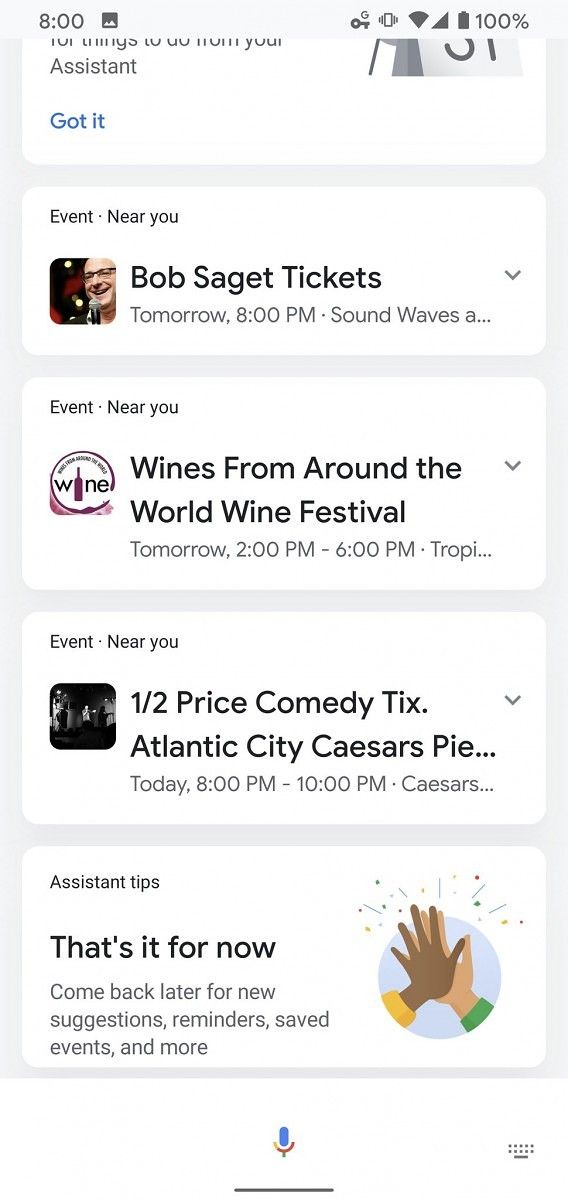Do you remember HTC? Yes, it was the world’s largest Android smartphone vendor at one time. HTC has many firsts to its name, the most significant being that it was the first to launch an Android phone in the form of the HTC Dream/T-Mobile G1. In recent years, however, it became a sorry spectacle. Its revenue declined continuously throughout 2016 and 2017. Google acquired part of HTC’s smartphone division for $1.1 billion in 2017, and the deal closed in 2018. HTC vacated the Indian smartphone market in July of that year. Its last flagship phone launch remains the Qualcomm Snapdragon 845-powered HTC U12+, which was launched in May 2018. In 2019, it made a deal with Indian smartphone vendors to use its name. It stopped selling phones in the UK due to a patent dispute, and the HTC Elevate community shut down in December 2019. The last “true” HTC phone launches to date were the HTC U19e and HTC Desire 19+, and the last HTC-branded phone launch was the budget Lava-made HTC Wildfire X. According to most observers, HTC essentially left the smartphone market to focus on other ventures such as VR in the form of the HTC Vive, but the company kept saying it wasn’t dead. In a strange turn of events, HTC’s new CEO, Yves Maitre, has now said in an interview that HTC is planning to launch a 5G phone this year.
Maitre is the new CEO of HTC since September 2019. He said that 2020 will be a year with many development opportunities in the Taiwan market, especially in 5G connected applications and the development of virtual visual content driven by 5G connected applications. HTC will invest more aggressively this year for two reasons. Firstly, it plans to launch its first 5G-connected phone, and secondly, it wants to invest in virtual vision applicatoins.
The interview didn’t go into more details regarding HTC’s first 5G phone and the expected time of its announcement, unfortunately. The United News Network did state that it’s expected that HTC will have a further cooperation with Qualcomm. The company will also launch high-end flagship phones first, apparently. However, the interview is unclear whether HTC will adopt a multi-device strategy compared to other manufacturers or launch a mid-range 5G phone. (If HTC wants to launch a 5G phone, it has multiple options. It can either launch a Qualcomm Snapdragon 865-powered flagship, or launch a Snapdragon 765-powered mid-range phone. It can even use one of MediaTek’s 5G Dimensity SoCs.)
There wasn’t anything else smartphone-related in the interview. HTC’s focusing on 5G and VR. Virtual reality and mixed reality are HTC’s topics of focus, as seen in the HTC Vive and the Vive Cosmos. AR will also be the future development focus for the company as the copmany wants to provide the best application solutions for such needs. HTC’s opinion about AR is that while many people are optimistic about AR applications, there are still many parts that need to be refined based on the development of the technology application. HTC will, therefore, think about the appropriate layout, and will not launch related applications too soon. VR will take priority. Finally, the new Vive Cosmos Elite, Vive Cosmos Play, Vive Cosmos XR, and Vive Sync are expected to be showed in San Franscisco in mid-March. They will be further displayed during GDC 2020, where content applications will be communicated with more game developers during the conference.
Via: UDN
The post HTC is still making phones and will launch a 5G smartphone this year appeared first on xda-developers.
from xda-developers https://ift.tt/37Tiedj
via IFTTT






